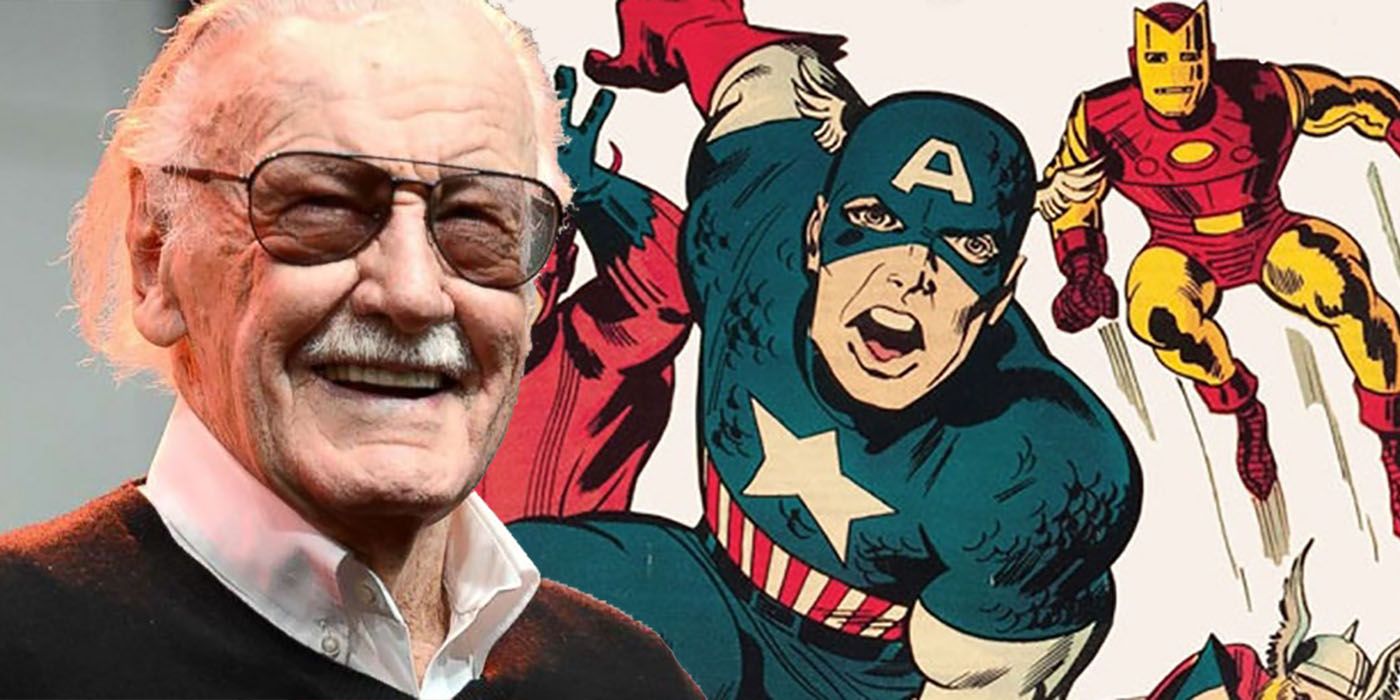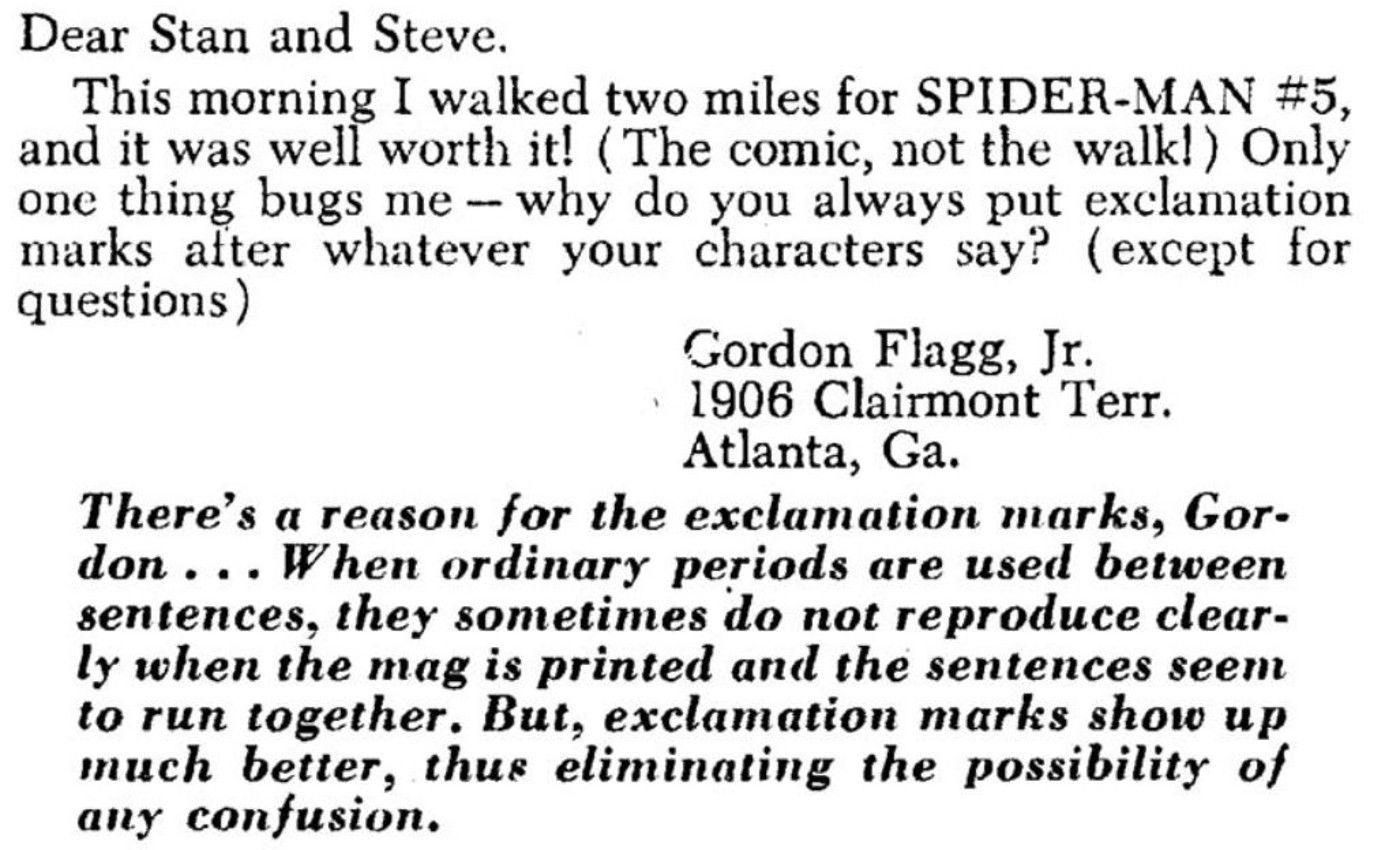Comics from the Golden Age and Silver Age can be tough for modern readers to get into, but Stan Lee revealed that there is actually a practical reason for one of their most alienating tropes. The Golden Age of Comics refers to a time period when superhero comics were in their infancy from around 1938 to 1956 while the Silver Age refers to a time period where superhero comics enjoyed a period of great popularity directly following the Golden Age. While the comics from both periods differ in many ways, they generally follow some common tropes.
Superhero comics from these two eras generally feature more fantastical and light hearted stories than their modern day counterparts. While this is partially due to being targeted largely towards children, in the Silver Age it was also to comply with the restrictions that the Comics Code Authority imposed. Even though the CCA was largely self defeating, writers had to comply with it anyways, leading to Silver Age stories having a lack of extreme violence. Many fans enjoy the tone and plots of these stories, but for some who are more used to the darker and more realistic storytelling of the modern day, these aspects can be a major turnoff. These fans also find many of the other tropes associated with this era distasteful as well, such as the overuse of overly dramatic dialogue. However, this trope actually has a practical reason for its implementation outside of it fitting the heightened narratives of these books.
In a letter to Marvel Comics featured in The Amazing Spiderman #9 by Stan Lee and Steve Ditko, Gordon Flagg Jr. asks them why they use so many exclamation points in their writing. Stan Lee was known for listening and responding to fan letters (even once being tricked by fake fan mail into allowing a controversial Dr. Strange story). Here he replies that when pages are being reproduced for printing, often times periods can be lost or rendered unreadable, which can lead to sentences seeming to run together. As this could lead to unnecessary confusion, exclamation points, which are much harder to miss, are generally preferred. In fact, it is hard to actually find a sentence that actually ends in a period in any of these old stories, whether they be from Marvel or DC.
Knowing that the overly dramatic nature of the dialogue in these stories is partially due to a need to use exclamation points may help some of the readers who don't like that trope better appreciate these stories. It also goes a long way to explain the evolution of comic book stories themselves over time. Yes there were other factors (like the seminal Watchmen comic, which was actually influenced by Ditko) that led to comics developing darker narratives as time went on, but the improvement of printing technology enabled these stories to be told in the first place, as they would be less likely to work as well solely using bombastic punctuation.
This explanation makes the stories that Stan Lee and other comic writers like him made even more impressive given the constraints they were under. And the implications that it has for the rest of comic book history make this a factoid that every comic book fan should learn. Stan Lee's explanation for this trope is incredibly eye-opening and explains a lot about the history of both Golden Age and Silver Age comics and the shift in storytelling that followed them.


